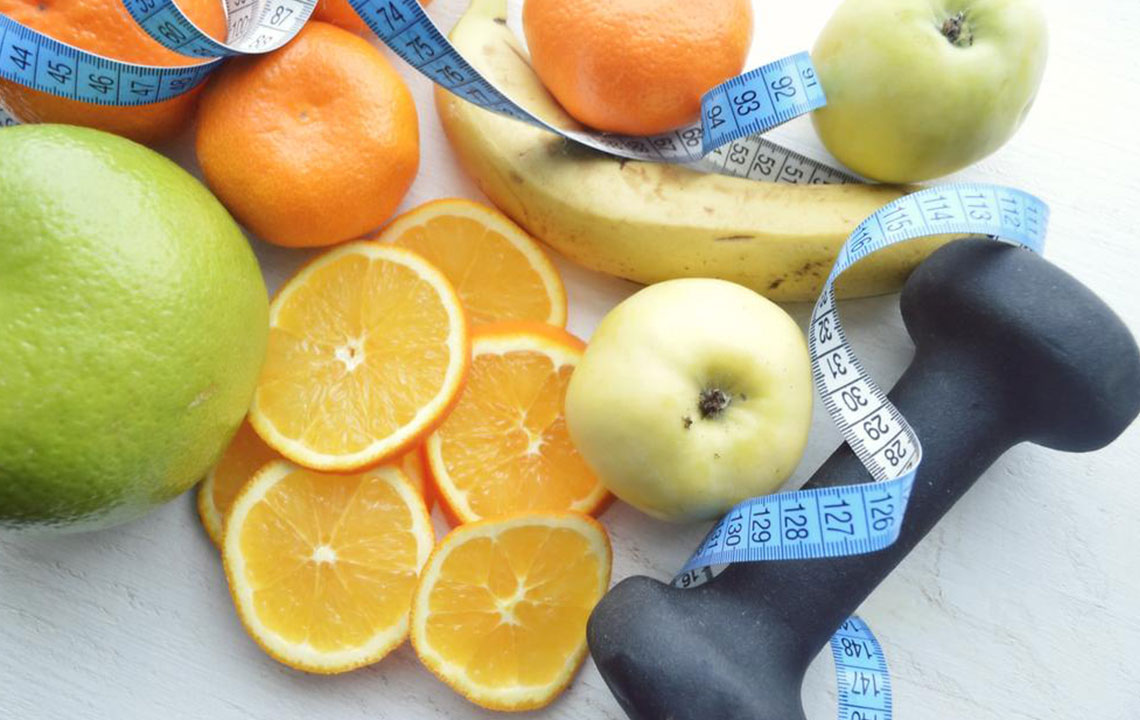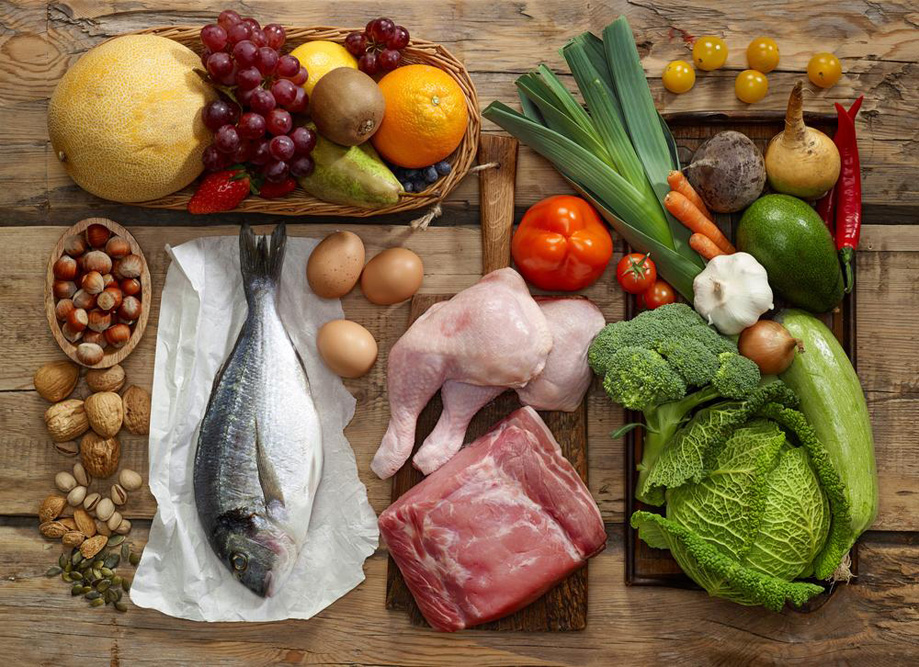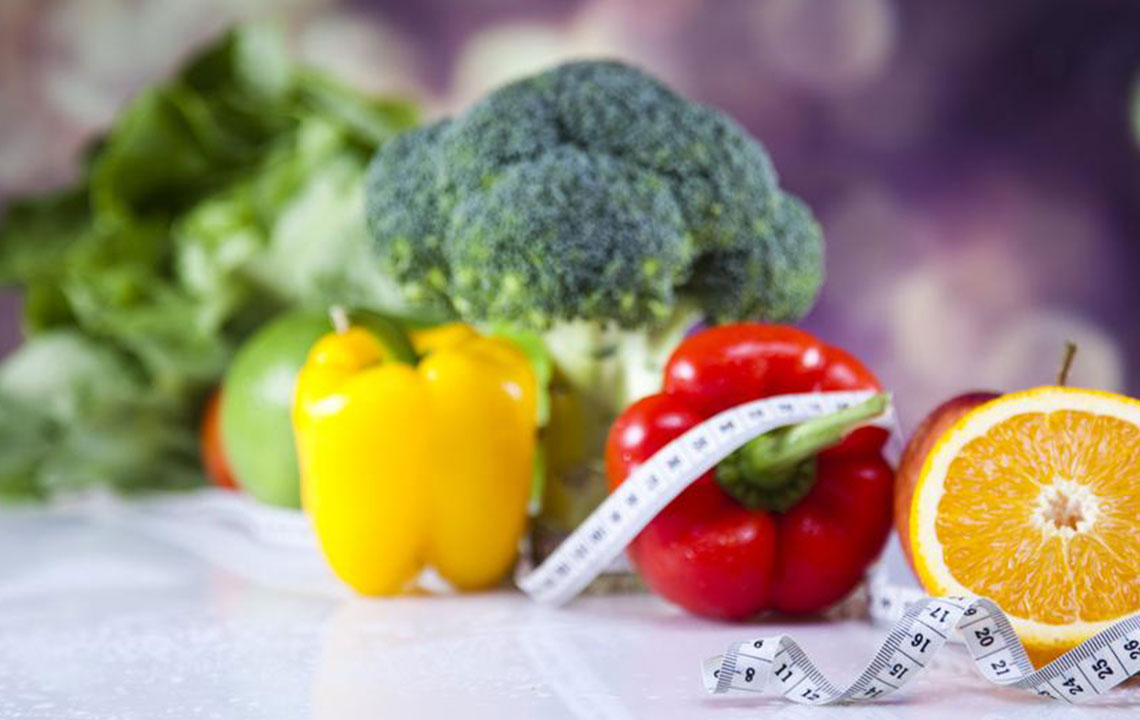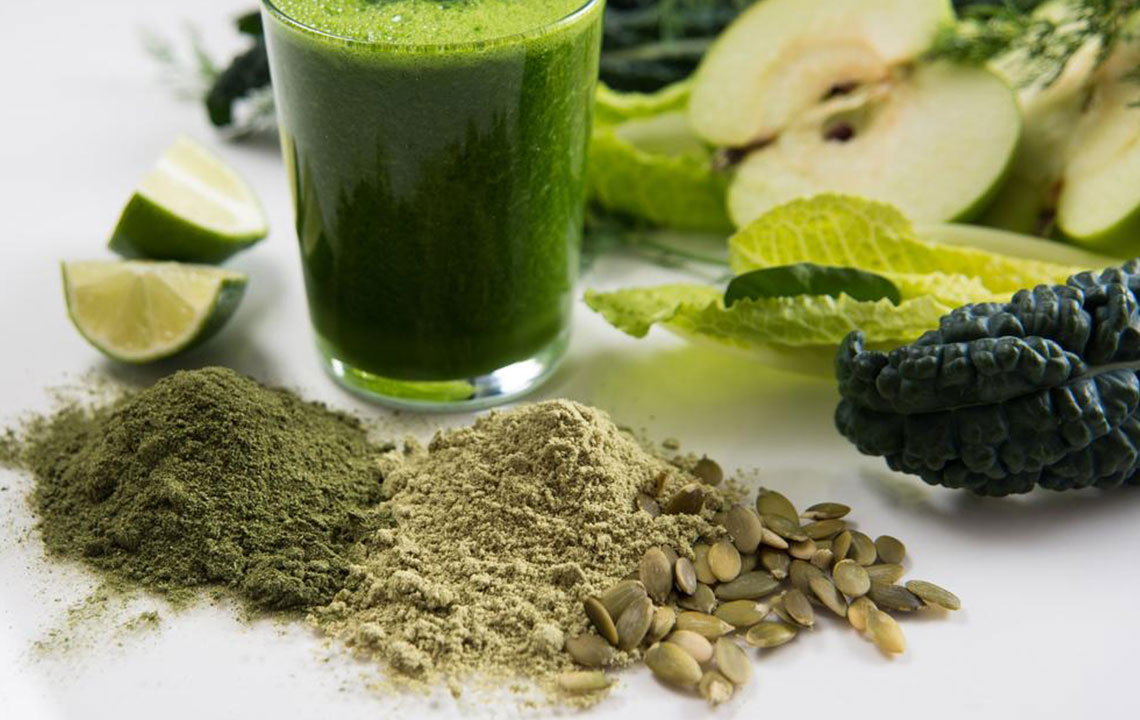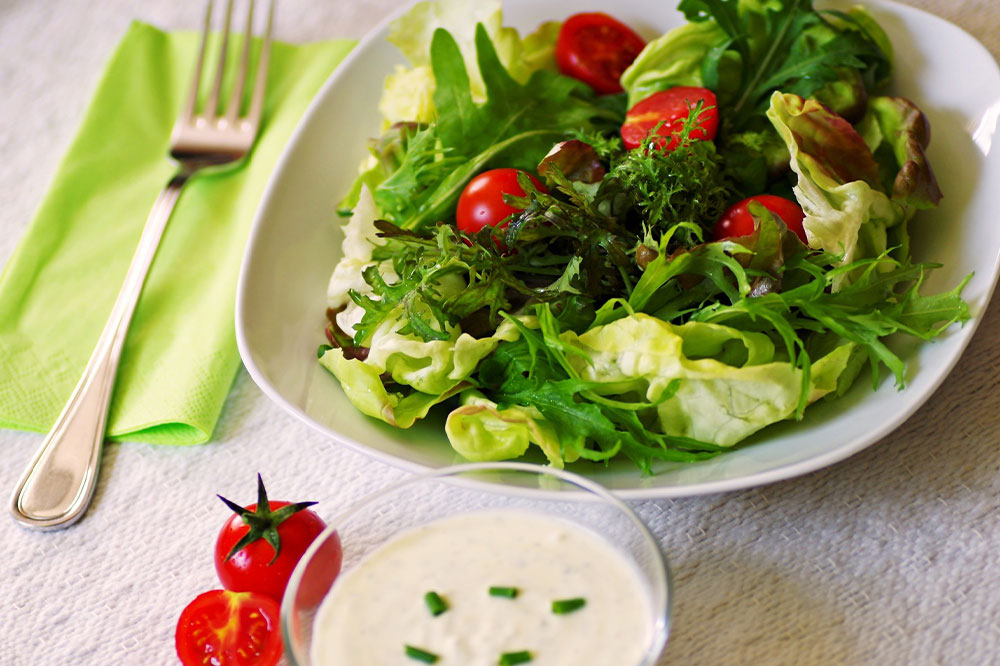Comprehensive Guide to Debunking Common Myths About the Paleo Diet
This detailed guide debunks common myths about the Paleo diet, clarifying misconceptions surrounding low-carb claims, dairy and calcium, protein intake, cost, and food variety. Learn how the Paleo lifestyle promotes natural eating habits, supports health, and can be both enjoyable and affordable with proper planning. Whether you're considering this diet or seeking to understand its principles better, this article provides clear, evidence-based insights to help you make informed dietary choices.

Exploring the Paleo Lifestyle: Myths and Facts
The Paleo diet, often referred to as the caveman or hunter-gatherer diet, is rooted in the idea of mimicking the eating habits of our ancient ancestors from the Paleolithic period. This dietary approach emphasizes consuming whole, unprocessed foods such as fresh fruits, a variety of vegetables, nuts, seeds, and lean meats. Even vegetarians can adapt certain aspects of the Paleo lifestyle by focusing on plant-based, nutrient-dense options. The primary goal is to return to a natural way of eating that aligns more closely with human evolutionary history.
Many individuals interested in the Paleo diet encounter a barrage of misconceptions that can make adopting this lifestyle seem daunting or confusing. It is essential to clarify these myths and understand the factual basis of the diet to make informed decisions about nutritional habits. This comprehensive guide aims to address prevalent misconceptions and provide evidence-based insights to help you navigate the Paleo lifestyle confidently.
Is the Paleo diet just another low-carb fad?
Contrary to popular belief, the Paleo diet is not solely a low-carbohydrate diet. While it does restrict refined sugars and processed grains, it also includes a rich array of complex carbohydrates. Foods like sweet potatoes, seasonal fruits, vegetables such as squash and carrots, and root vegetables provide ample energy through healthy carbs. These foods contribute to a well-rounded, sustainable diet that supports athletic performance, mental clarity, and overall vitality. For newcomers transitioning from traditional diets, this variety ensures the diet remains enjoyable and diverse.
Does eliminating dairy lead to calcium deficiency?
This is a common concern, but it is based on a misconception that dairy is the only or primary calcium source. Humans did not consume dairy during the Paleolithic era; instead, they relied on plant-based sources for vital minerals. Leafy greens like kale, spinach, and collard greens, along with nuts, seeds, and certain fish, are rich in calcium. These sources are often more bioavailable and potent than milk. Scientific studies suggest that a diet rich in these foods can adequately meet daily calcium requirements, supporting healthy bones and teeth without dairy.
Can a high-protein diet harm kidney health?
The concern about kidney health is often linked to excessive protein consumption. However, the Paleo diet emphasizes a balanced intake, predominantly from vegetables, nuts, seeds, and moderate amounts of lean meats. Typically, protein accounts for around 15-20% of the diet, aligning with recommended dietary guidelines. Multiple reputable studies have shown that healthy individuals do not experience negative kidney effects from moderate to high protein intake, provided they have no pre-existing kidney conditions. As with any diet, moderation and individual health considerations are key.
Is following the Paleo diet an expensive endeavor?
Many assume that organic meats, fresh produce, and specialty health foods inflate costs, but this is not necessarily true. Eliminating processed foods, fast foods, and junk snacks from your shopping cart often results in significant savings. Preparing meals from scratch using whole ingredients reduces reliance on pricey packaged foods. Additionally, investing in nutritious foods can lead to long-term healthcare savings by promoting better health and reducing the risk of chronic diseases. With strategic planning and shopping smartly, maintaining a Paleo lifestyle can be cost-effective.
Can I still indulge in my favorite foods while on the Paleo diet?
Absolutely. Modern markets now offer numerous Paleo-approved alternatives to traditional indulgences. For example, you can find paleo-friendly bread, pancakes made with almond or coconut flour, and desserts utilizing natural sweeteners like honey or dates. Creative cooking and baking open up a world of possibilities to enjoy your favorite treats without compromising your dietary principles. Planning your meals and practicing moderation ensure variety and enjoyment, making it easier to stick to your Paleo goals over the long term.
Many individuals worry that following a Paleo lifestyle is too time-consuming or complicated. However, with a focus on whole, unprocessed foods and simple recipes, meal preparation becomes straightforward. Experimenting with flavorful herbs, spices, and natural ingredients can make your Paleo journey enjoyable and sustainable. In essence, adopting the Paleo lifestyle is about making conscious, healthful choices that support your well-being without feeling restrictive or burdensome. With some planning, anyone can reap the benefits of this natural way of eating, enhancing overall health and longevity.
